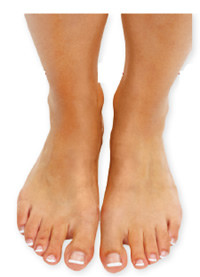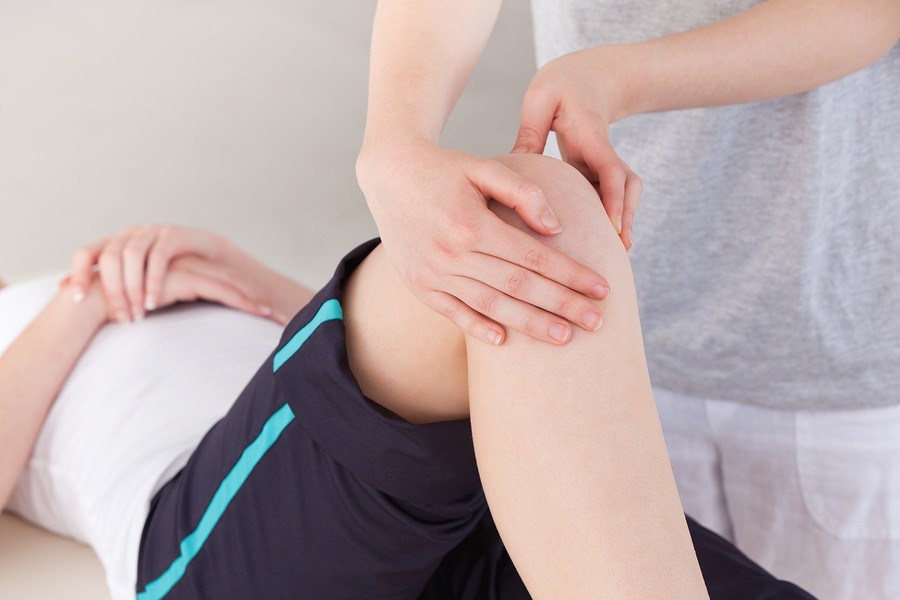
Can white noise really help you sleep better?

Celiac disease: Exploring four myths

What is prostatitis and how is it treated?

What is Cushing syndrome?

Exercises to relieve joint pain

Think your child has ADHD? What your pediatrician can do

Foam roller: Could you benefit from this massage tool?

Stepping up activity if winter slowed you down

Common causes of cloudy urine

Dragon fruit: How to enjoy this antioxidant-rich fruit
Pain Archive
Articles
Best bets for back pain
Judicious use of pain relievers can help you keep doing your usual daily activities, which aids recovery from back pain. Images: Thinkstock |
When your back is bothering you and you don't want to take prescription drugs, over-the-counter solutions and physical therapies can help relieve symptoms.
Insomnia therapy helps reduce knee pain
Painful knees and sleeplessness often go hand in hand, but a form of counseling called cognitive behavioral therapy (CBT) can help with both problems, according to a study in Arthritis and Rheumatology.
The study involved 100 people ages 50 to 70 with wear-and-tear arthritis (osteoarthritis) in the knee as well as insomnia. They were chosen at random for either eight sessions of CBT or a comparison treatment, called desensitization therapy, known not to be very effective for insomnia.
Healthy ankles: Your mobility depends on them
Although ankle injuries can be painful and disabling, many are preventable, and most are easily treated.
Ankle injuries are among the most common joint problems. Every year, nine million people sprain an ankle, and tens of thousands more sustain fractures. Ankle injuries often stem from falls and accidents. Several factors—from poor balance, to loss of elasticity in tendons and ligaments, to ill-fitting shoes—can increase the risk of injury, says Dr. Christopher Chiodo, an orthopedic surgeon at -Harvard-affiliated Brigham and Women's Hospital's foot and ankle center.
Physical therapy and back surgery equally effective, study shows
Spinal stenosis—narrowing of the spinal canal that increases pressure on spinal nerves—is a common source of lower back pain and weakness. Although many people assume that surgery to remove pressure on the nerves is the most effective way to bring relief, there is little evidence to support that assumption. A study reported in the April 7, 2015, issue of Annals of Internal Medicine indicates that physical therapy may be just as effective as back surgery in providing pain relief and enabling people to get around better.
For the study, 169 men and women with disabling spinal stenosis were randomly assigned to two groups—87 to have surgery and 82 to have intensive physical therapy. Two years later, both groups had similar results on physical function tests. However, 33 of the patients who underwent surgery had complications, usually requiring more surgery.
Can you put off that knee surgery?
Don't assume surgery is necessary if knee pain sidelines you. Physical therapy may be all it takes. Image: iStock |
Physical therapy and weight loss can relieve knee pain and protect your mobility.
Shoulder pain? Here's what you can do to treat it and prevent it
A few simple measures can protect your most flexible joint and put it back in service after overuse or injury.
All you need to do is rotate your arm to realize what a marvel your shoulder is. It's the body's most flexible joint and one of the most essential. Whether you're reaching the top shelf, swinging a golf club, or washing your hair, "it's the one joint you can't stop using," says Karen Weber, a physical therapist at Harvard-affiliated Spaulding Rehabilitation Network. "We do a lot of repetitive motions with our arms. When our shoulder muscles aren't strong, we can set ourselves up for injury," Weber says.
Ask the doctor: I fractured my hip three years ago, but my leg still hurts when I exercise. Should I stop exercising?
Image: Thinkstock |
Q. I'm a 78-year-old athlete and dancer. Three years ago, I broke my hip. After it was repaired I completed extensive physical therapy. Since then, I've been working out at a gym using the treadmill, stationary bicycle, and rowing machine. But I still have tremendous pain in my thigh. Should I stop exercising? It helps me control my weight and blood pressure.
A. I applaud you for persisting with your exercise. You're not only keeping your weight and blood pressure down but you're also building stronger bones to help prevent fractures in the future.
6 ways to use your mind to control pain
Meditation with guided imagery, which often involves imagining yourself in a restful environment, may reduce your need for pain medication. |
Relaxation, meditation, positive thinking, and other mind-body techniques can help reduce your need for pain medication.
Drugs are very good at getting rid of pain, but they often have unpleasant, and even serious, side effects when used for a long time. If you have backache, fibromyalgia, arthritis, or other chronic pain that interferes with your daily life, you may be looking for a way to relieve discomfort that doesn't involve drugs. Some age-old techniques—including meditation and yoga—as well as newer variations may help reduce your need for pain medication.
Ask the doctor: What does a low ankle-brachial index mean?
Q. Because I'm a former smoker and was having leg pains, my doctor recommended that I have an ankle-brachial index test. He said my score was on the low side. What does that mean?
A. The ankle-brachial index is a test that measures blood pressure at the brachial artery (in the arm, close to the heart) and the ankle (far from the heart). Normally, blood pressure in the legs is the same or a little higher than in the arm, so the ratio between the arm and ankle is 1.0 or higher. A lower ratio (less than 0.95) means blood is not moving well in the lower half of your body. You may have peripheral artery disease (PAD), which is usually caused by a buildup of fatty deposits in arteries in the legs that limits blood flow to the muscles. People with significant leg pain and cramping during exercise—the most common symptoms of PAD—usually have an ankle-brachial ratio of 0.8 or less.
Osteoarthritis relief without more pills
It's possible to ease arthritis pain and stiffness without medication, but it takes some work. |
Here are some steps you can take to reduce your reliance on medication to control symptoms and stay functional.

Can white noise really help you sleep better?

Celiac disease: Exploring four myths

What is prostatitis and how is it treated?

What is Cushing syndrome?

Exercises to relieve joint pain

Think your child has ADHD? What your pediatrician can do

Foam roller: Could you benefit from this massage tool?

Stepping up activity if winter slowed you down

Common causes of cloudy urine

Dragon fruit: How to enjoy this antioxidant-rich fruit
Free Healthbeat Signup
Get the latest in health news delivered to your inbox!
Sign Up











